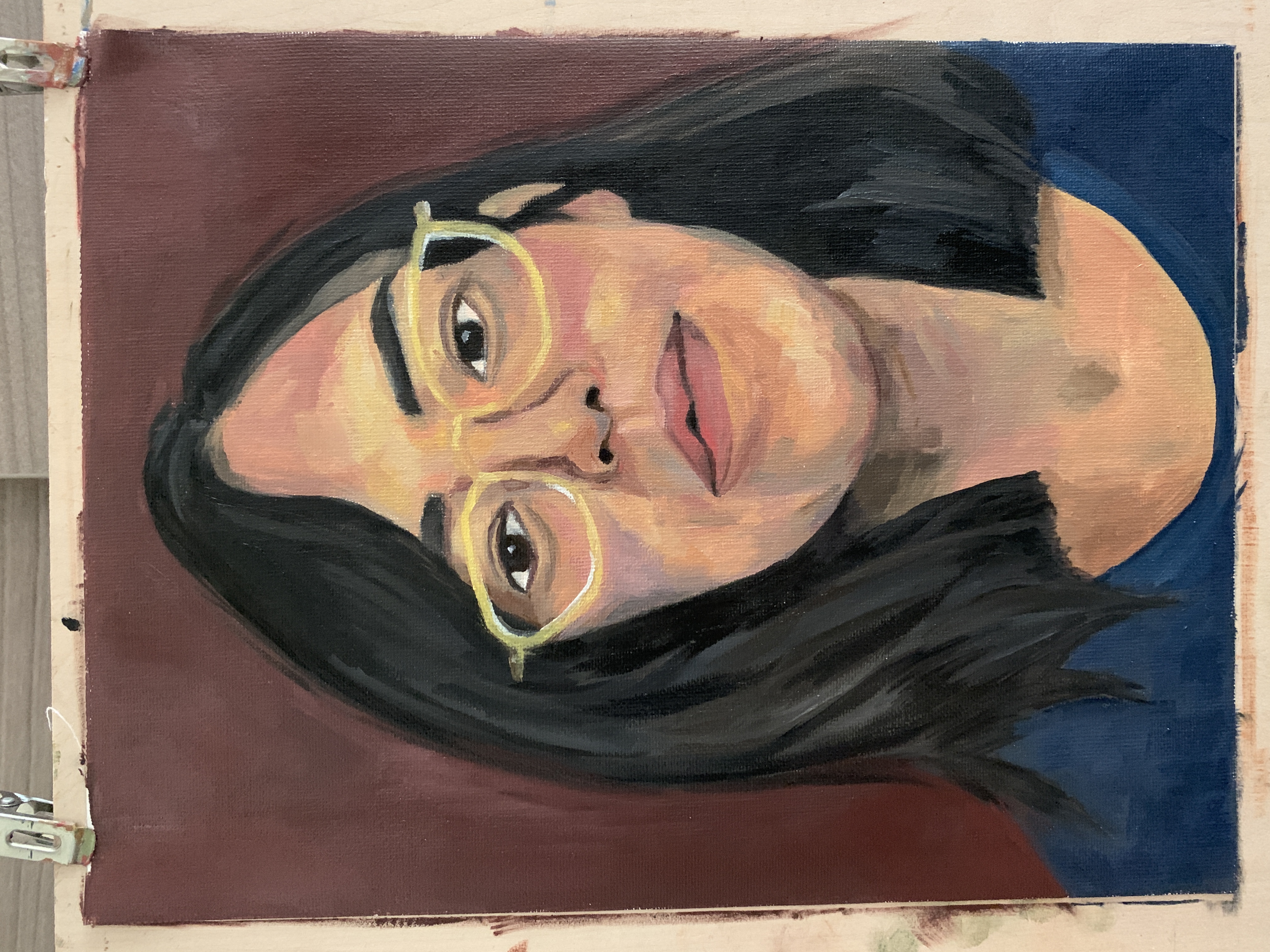Why I Stopped Pencil Sketch For Portrait Painting
- Sok Han Teng
- Aug 4, 2022
- 2 min read
Updated: Nov 16, 2023
When I first delved into portrait painting with oil, the primary challenge always centered around capturing the true likeness of the face—a concern that continues to occupy my artistic mind to this day.
Portrait painting, I've discovered, is an intricate art form. Many would likely agree that it poses greater challenges compared to still life and landscape painting.

Without meticulous observation of facial features, proportions, and ratios, there's a risk of inadvertently portraying someone entirely different. Inaccuracy in achieving a likeness can be a source of embarrassment for portrait artists, particularly given that the public tends to have a singular perspective when evaluating such works.
I acknowledge that achieving likeness holds paramount importance in how people judge the skill of artists. Many artists, regardless of personal opinions on what makes an exceptional portrait, strive to meet this criterion. While likeness is undeniably crucial, examining art history reveals that it shouldn't be the sole determining factor. If it were, numerous famous artists throughout history might not enjoy the acclaim they do today.

The first time I felt I achieved an 80% likeness was in my portrait of Daniel Craig. By employing a pencil sketch before applying oil paint, I ensured the likeness was captured, allowing my brushes to follow the lines with ease.
However, my perspective shifted after completing several portrait paintings. I began to phase out pencil sketches, not out of overconfidence in my observation or painting skills, but quite the opposite. I realized that relying on a pencil sketch made me less vigilant in evaluating and refining the painting—particularly detrimental in portrait work. It led me down a path of blindly following lines, resulting in more significant mistakes.

Additionally, I recognized that a compelling portrait possesses numerous qualities, with likeness being just one of them. A relentless pursuit of 100% likeness risks confining artistic potential to a photo-realistic realm, limiting exploration of other artistic possibilities. Don't misunderstand me; I deeply respect the immense effort and dedication required to achieve a high level of likeness.
With this newfound understanding, the fear of sketching a portrait with oil paint has dissipated. Simultaneously, I've embarked on separate pencil sketches to enhance my drawing skills. While I appreciate the pencil sketch process, I am aware of its positive impact on my oil portrait painting—sharpening my observation skills and gradually refining my brushstrokes over time.





Comments